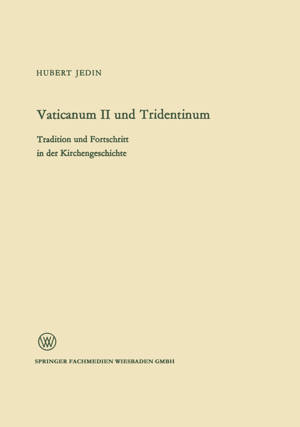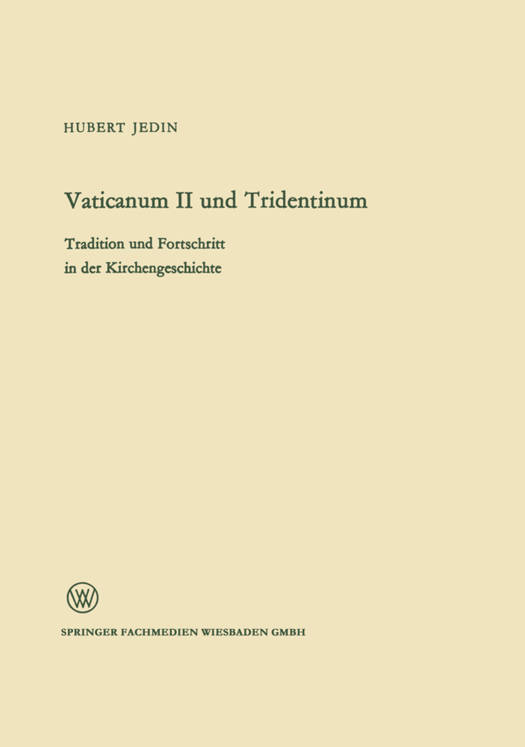
Je cadeautjes zeker op tijd in huis hebben voor de feestdagen? Kom langs in onze winkels en vind het perfecte geschenk!
- Afhalen na 1 uur in een winkel met voorraad
- Gratis thuislevering in België vanaf € 30
- Ruim aanbod met 7 miljoen producten
Je cadeautjes zeker op tijd in huis hebben voor de feestdagen? Kom langs in onze winkels en vind het perfecte geschenk!
- Afhalen na 1 uur in een winkel met voorraad
- Gratis thuislevering in België vanaf € 30
- Ruim aanbod met 7 miljoen producten
Zoeken
€ 62,95
+ 125 punten
Omschrijving
The comparison of the two Councils is caused by the observation of the fact that the Second Vatican Counci1 has widely been regarded as arevision of the Counci1 of Trent. It is a reality that Vaticanum II, conforming to the objective given to it by Pope John XXIII, avoided condemning divergent views in its doctrinal decrees. The Tridentinum had very strict1y marked the doctrinal differences separating Protestantism from Catholicism - and it had been obliged to do so - in order to overcome the uncertainty that had arisen in matters of faith. In the decree that deals with oecumenism Vaticanum II works out what is common property of faith. In the Consti- tution on Divine Revelation it deepens the conception of tradition which had been defined by the Tridentinum. In the Constitution on the Church it fiHs in a manifest gap in the Tridentine doctrinal decrees by producing a comprehensive ecclesiologia, supplementing Vaticanum I, too. Its state- ments are different, but not contrary, as the substance of Christian faith has again and again to be looked at, to be thought over, to be deepened anew. The fact that the two Councils had been embedded in the respective historical situations becomes still more evident from the reform decrees. At Trent the latter were understood to constitute a "reform" i. e. a re- establishment of the original form of the Church; Vaticanum II was set the task of the "Aggiomamento" by Pope John XXIII.
Specificaties
Betrokkenen
- Auteur(s):
- Uitgeverij:
Inhoud
- Aantal bladzijden:
- 63
- Taal:
- Duits
- Reeks:
- Reeksnummer:
- nr. 146
Eigenschappen
- Productcode (EAN):
- 9783663008507
- Verschijningsdatum:
- 1/01/1968
- Uitvoering:
- Paperback
- Formaat:
- Trade paperback (VS)
- Afmetingen:
- 170 mm x 244 mm
- Gewicht:
- 117 g

Alleen bij Standaard Boekhandel
+ 125 punten op je klantenkaart van Standaard Boekhandel
Beoordelingen
We publiceren alleen reviews die voldoen aan de voorwaarden voor reviews. Bekijk onze voorwaarden voor reviews.









